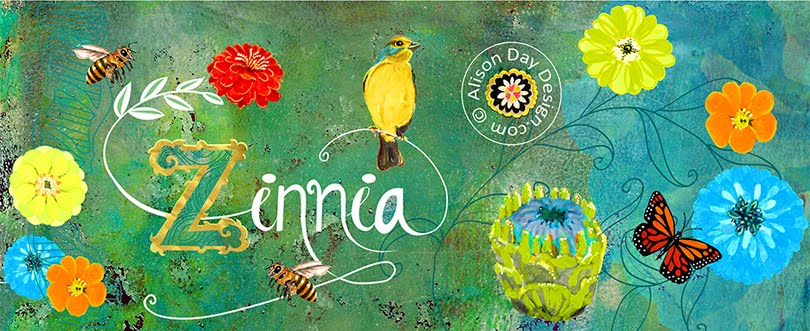The oldest college is University College
The Sheldonian Theatre, an imposing building also well worth a visit, was once described as ‘one of the architectural jewels of Oxford ’ and can be found on Broad Street Oxford Oxford Rome
One pub that is well worth a visit is The Turf Tavern a historic pub with wooden beams that is located just outside the old city walls. This is always a popular hangout for students and tourists alike. Another, dating from 1650 is The Eagle and Child, popularly known as ‘The Bird and Baby’. In the 1940’s and 1950’s this was the meeting place of a group called ‘The Inklings’, which included C.S.Lewis and J.R.R.Tolkien who met there to discuss literature, writing and life in general.
For those of you in search of the more modern watering hole there is always Raouls’, in Walton Street with its endless list of cocktails to choose from. ‘QI’, (Quite Interesting) on Turl Street
One pastime every tourist should try whilst in Oxford is ‘punting’; an age-old tradition where a long canoe shaped boat is propelled down the rivers of Oxford
Continuing on the boating theme there is the Oxford-Cambridge Boat Race, which takes place along the River Thames from Putney to Mortlake, a distance of four and a half miles. Every year, since 1829 the two rival universities have competed against each other with their strongest team of eight rowers, for the honour of the water. The rivalry between the two universities is an age-old matter and continues long after the boat race has finished in every conceivable manner under the sun.
The indoor market on the High Street in the centre of Oxford
The Ashmolean Museum
If you want to get the best views of Oxford
©
Alison Day
First
published in the Connections magazine #12
Summer 2006















